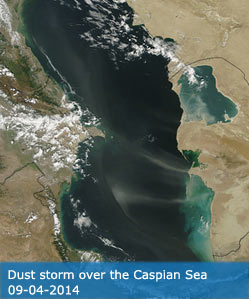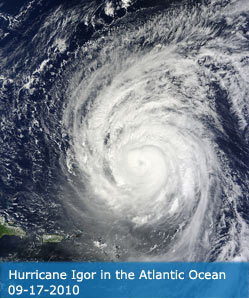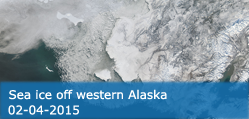Science Team
Publications
Boyte, SP; Wylie, BK; Major, DJ (2016). Cheatgrass Percent Cover Change: Comparing Recent Estimates to Climate Change - Driven Predictions in the Northern Great Basin. RANGELAND ECOLOGY & MANAGEMENT, 69(4), 265-279.
Abstract
Cheatgrass (Bromus tectorum L.) is a highly invasive species in the Northern Great Basin that helps decrease fire return intervals. Fire fragments the shrub steppe and reduces its capacity to provide forage for livestock and wildlife and habitat critical to sagebrush obligates. Of particular interest is the greater sage grouse (Centrocercus urophasianus), an obligate whose populations have declined so severely due, in part, to increases in cheatgrass and fires that it was considered for inclusion as an endangered species. Remote sensing technologies and satellite archives help scientists monitor terrestrial vegetation globally, including cheatgrass in the Northern Great Basin. Along with geospatial analysis and advanced spatial modeling, these data and technologies can identify areas susceptible to increased cheatgrass cover and compare these with greater sage grouse priority areas for conservation (PAC). Future climate models forecast a warmer and wetter climate for the Northern Great Basin, which likely will force changing cheatgrass dynamics. Therefore, we examine potential climate-caused changes to cheatgrass. Our results indicate that future cheatgrass percent cover will remain stable over more than 80% of the study area when compared with recent estimates, and higher overall cheatgrass cover will occur with slightly more spatial variability. The land area projected to increase or decrease in cheatgrass cover equals 18% and 1%, respectively, making an increase in fire disturbances in greater sage grouse habitat likely. Relative susceptibility measures, created by integrating cheatgrass percent cover and temporal standard deviation datasets, show that potential increases in future cheatgrass cover match future projections. This discovery indicates that some greater sage grouse PACs for conservation could be at heightened risk of fire disturbance. Multiple factors will affect future cheatgrass cover including changes in precipitation timing and totals and increases in freeze-thaw cycles. Understanding these effects can help direct land management, guide scientific research, and influence policy. (C) 2016 The Society for Range Management. Published by Elsevier Inc. All rights reserved.
DOI:
10.1016/j.rama.2016.03.002
ISSN:
1550-7424




